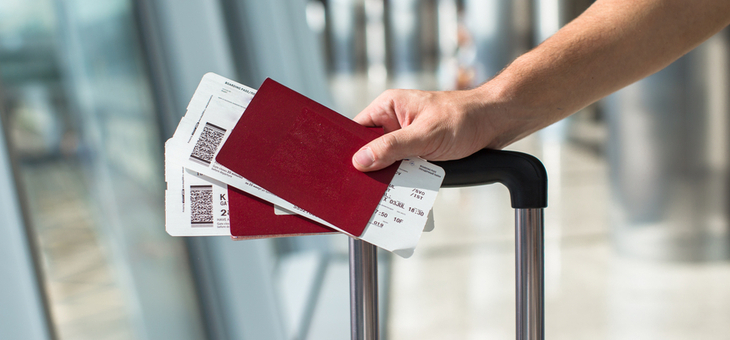Ever planned a holiday, watching airfares months in advance to get an idea of how much you’ll need to pay, only to find later that the same flights have doubled in price?
Why does this happen?
Skyscanner’s travel industry expert Alex Astafiev explains why flight prices go up and down and how to make sure you can get a good deal at the right time.
•••
Why do flight prices go up and down?
Price changes are the way airlines react to sales and external factors to try and fill their planes. Similar to stock prices, flight prices are affected by sales numbers – not search numbers. So, you can hit refresh on a particular route as many times as you like knowing that you’re not driving up the price by doing so.
How do you know if you’re getting a good deal?
To know whether a flight price is fair, you need to know the average price for that particular route at that particular time of year. Once you’re familiar with the average prices, you can see if a price seems much lower than usual and snap it up. If prices seem higher than usual, you’ll know to wait and see if the price drops and the fare becomes more affordable. Skyscanner’s Price Alerts feature can help you get a good deal on airfares.
Airlines need to fill their planes, but more popular routes, airports and seasons often mean airfares will not vary too much. You need to know how much you’re willing to spend then play the game accordingly. If an airfare is too high, try being more flexible with times, dates or even the airport at which you plan to land. Flights to Gatwick may be cheaper than those to Heathrow (although you should prepare for the cab fare in to the city).
How do airlines control ticket prices?
As stated earlier, airlines need to fill their planes, but they need to do so profitably. To do this, they use a process called ‘yield management’.
This is when airlines allocate different ticket price levels on every flight. You may spot a $400 return flight to Japan one morning, but there will only be a few of them available, so by the afternoon they could be gone. Then the next price level is activated, and the fuller the plane becomes, so to the price of airfares rise.
If a plane is close to full but it is flying during a challenging period (i.e. wet season in Phuket) ticket prices for the last few seats may be slightly reduced. But typically, peak season means high prices, whereas low season means lower prices.
That isn’t always the case, though. If an airline is basing ticket prices on historical data and the flight does not sell quickly, they will reduce ticket prices until they have a good number of seats sold, then activate the next price level as seats sell. So you can still get good deals during peak season, if you know where and when to look.
So, when is the best time to book?
Skyscanner says the best time to book is five or six months before departure. However, this is an average trend and will vary depending on route and trip dates.
Skyscanner’s ‘before you book’ tips:
- Prices are always on the move. They go up and they go down.
- The closer you get to departure date, the more likely it is that ticket prices will increase. This might not always be the case, but airlines and their pricing strategy will protect some seats for ‘late availability’ bookings. This is to cater to last-minute business travellers who need to be at a certain place at a certain time and will pay a premium to do so.
- Airlines do not have the capability of using cookies to shift their prices for specific customers. Going incognito on your search won’t help you save a cent!
If you enjoy our content, don’t keep it to yourself. Share our free eNews with your friends and encourage them to sign up.
Related articles:
Do cookies affect airfares?
Top travel booking mistakes
The hidden cost of budget airfares

